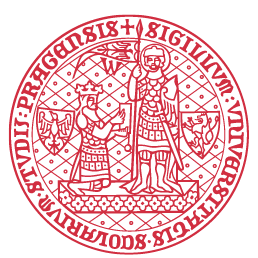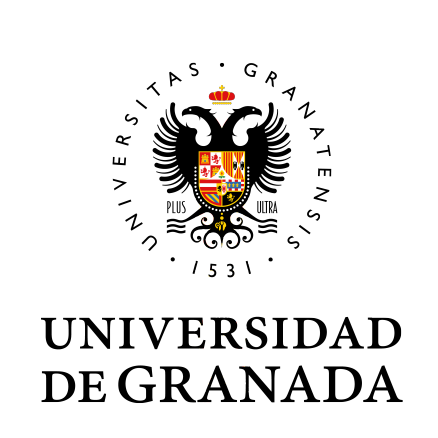The REACH project developed a range of pilots in four thematic areas, gathered examples of good practices and made them available and searchable via a dedicated database.
The inputs from the pilots and the good practices have been reviewed in the light of:
- understanding how gender is represented in the different ambits covered by the project's activities
- elaborating models that can support the implementation of participatory practices
- deriving lessons learnt and success stories connected with the resilience of cultural heritage as a response to obstacles, barriers, crisis and societal changes.
The following paragraphs provide more detailed information related to this work and indicate links to relevant documents produced in the project.
The REACH pilots
Scope of the pilots
Culture is never static. Changes in communities go hand in hand with changes in Cultural Heritage (CH). As new communities are represented in Europe they bring new CH, while their CH is simultaneously changing to new circumstances. REACH pilots focus on some of these communities, to create participatory activities, discover and promote best practice, and establish conditions to encourage their commitment beyond the project’s end.
The objective of the REACH pilots is to advocate the socio-economic value of civic participation in preservation, (re-)use and management of CH, by exemplifying good practices in the development of resilient policies in community, preservation, education, data management and protection of intellectual rights. Furthermore, the pilots demonstrate successful cases based on CH (re-)use, innovation in cultural tourism, and examples of improved public services for CH management .
Thematic areas
The REACH pilots cover the following thematic areas:
- Minority Heritage, focusing on marginalised minorities and, in particular, on Roma communities
- Institutional Heritage, comparing participatory approaches in the case of large CH institutions with international audiences as opposed to smaller institutions that target local users
- Rural Heritage, promoting participation in cultural and environmental protected areas as a way to solve conflicts between preservation of CH, (re-)use of the territory and economical activities
- Small Towns Heritage, analysing the representations of CH in small contexts and (re-)valuing their heritage
Each pilot validated and improved different approaches to participation, particularly focusing on strengths and challenges.
Good Practices Database
The REACH repository of good practices comprises over a hundred records of European and extra European participatory activities in the field of cultural heritage.
Located in over twenty different countries, the activities cover a wide variety of topics and themes, from urban, rural and institutional heritage to indigenous and minority heritage; from preservation, and management to use and re-use of CH.
This collection of good practices is addressed to professionals, practitioners, researchers and citizens, aiming to offer useful information about activities that could be transferred, adapted, or replicated in new contexts.
Click here to enter the Good Practices Database
Gendered representation
The participatory pilots each had a dual role of working with their respective communities, but also addressing specific project themes, one of these was the exploration of the roles that women have played and their representation within cultural heritage. Read more ...
Further details of this case study can be found in D6.4 Resilience and social innovation in cultural heritage: a collection of best practices.












